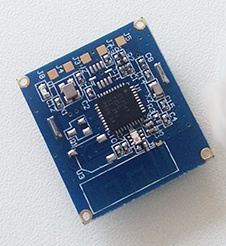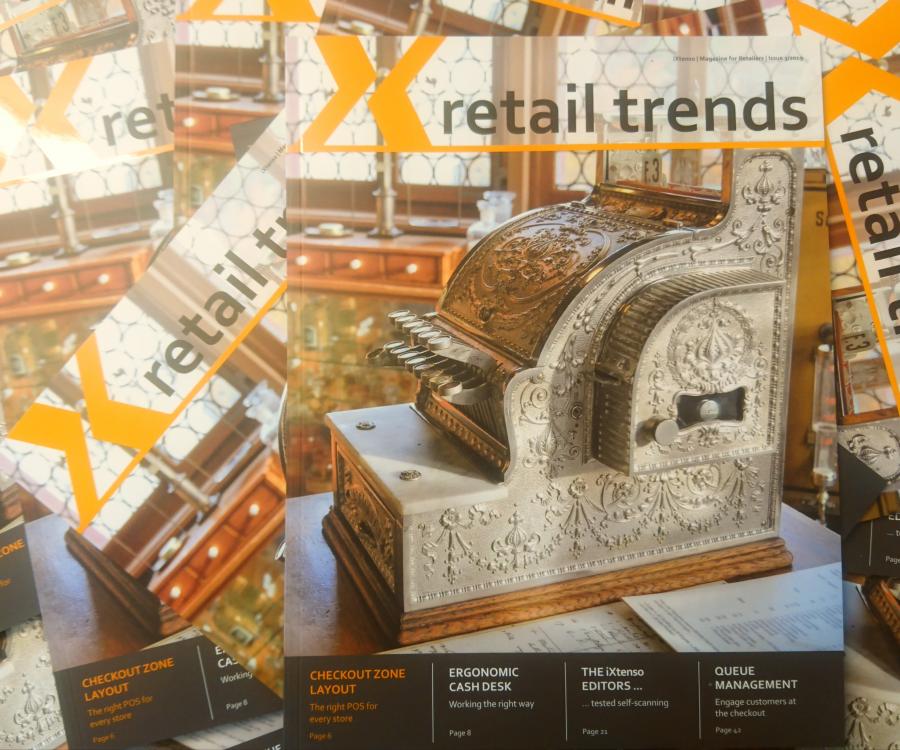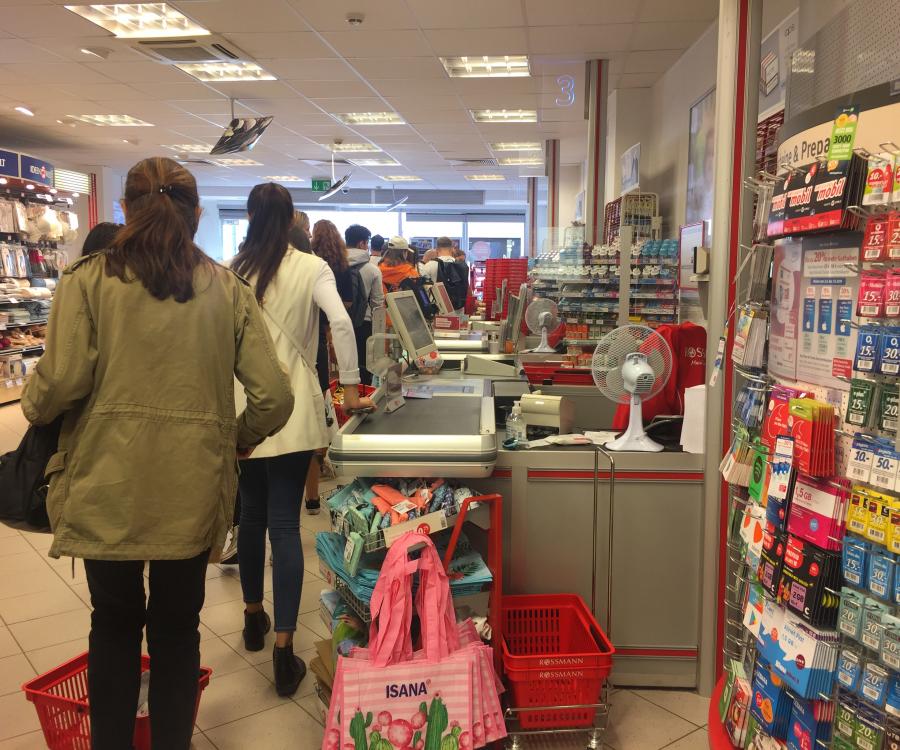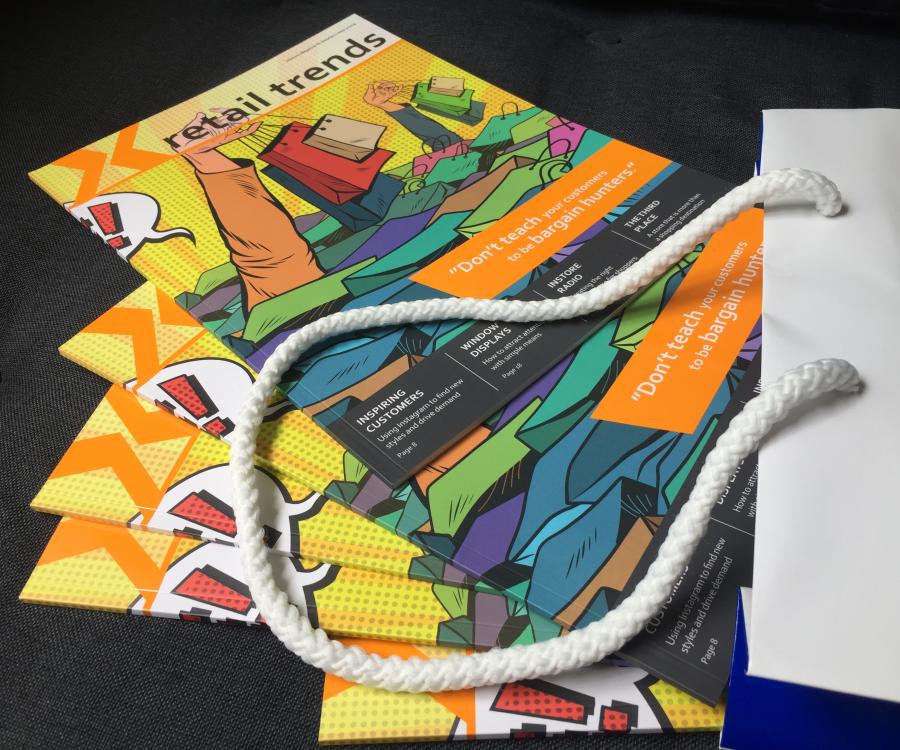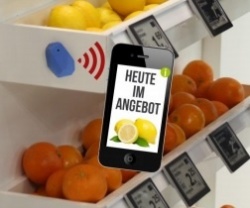
The tiny transmitters are constantly sending signals that are received by the smartphone thanks to the installed app. The smartphone automatically opens the app that can be equipped with individual information and functions that are being sent as push messages to the smartphone.
The “beacons“ are based on Bluetooth 4.0, which unlike conventional Bluetooth technology uses very little power and does not deplete the smartphone’s battery. The best part: this near field communication edition is already included in every current iPhone and Android 4.3+ devices. In other words, almost everyone can receive an iBeacon signal – without additional costs and without having to get into a new technology.
The transmitters themselves are not able to receive data – they only permanently send three different identifiers, which the app in the smartphone recognizes. There is no connection between the transmitter and the mobile device. Only the approximate position of the smartphone can be analyzed with this.
Users do not want to be “spammed”
When it comes to the retail sector, this tracking information on customers can be very valuable in placing sales promotions and products more specifically. Until now, beacons were primarily used in retail for marketing purposes in the store. This field could see enormous growth potential. Alexander Oelling from Sensorberg suggests: “Until the end of 2018, we anticipate the technology will spread to 60 to 300 million beacons worldwide."
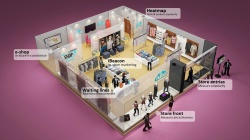
The retailer can essentially assume that customers would like to be informed about special offers. After all, he or she has already downloaded the app of the brand or store on his or her mobile device and thus indicated interest. Now it is up to the retailer to use the opportunity to win over the user. However, the contents need to be right.
The right information in the right place
This can be accomplished by integrating aligned content management software. When the beacons have reached the recipient, they lure him to the app and the content that is currently meant to be offered for this area of the store. The signal range for this can be predetermined. In doing so, the retailer makes sure that the right information is received in the right place. A signal in front of the store can alert passerby customers to sales in the store and entice them to enter, a welcome message is triggered right at the entrance and the reference about a loyalty bonus in the store is automatically being activated.A sign in the entrance alerting customers that the store uses beacons reminds them to turn on their Bluetooth function on the one hand, while it puts the critical minds of privacy advocates at ease, who want to protect the privacy of consumers on the other.
The limitations and future potential of iBeacons
The advantages of beacons compared to mobile communications, wireless LAN, NFC (near field communication) and GPS is that they use far less energy. Yet they also work in places where other solutions don’t get reception. What’s more, they are tiny, low cost and inconspicuous. They are probably the simplest in-store solution available right now.
Nevertheless, you cannot make mobile payments with beacons yet. You still need to use the Internet for this, which often fails due to lack of Internet reception in the store. However, solutions are already in the works. Like beacons for instance that are intended to be equipped with extra functions such as an in-house IT management interface and a data connection to customer smartphones. This is meant to enable secure location-dependent transactions, independent of existing mobile connections. Given these options, beacons could have a big influence on consumer buying behavior in the future.
Natascha Mörs; iXtenso.com

